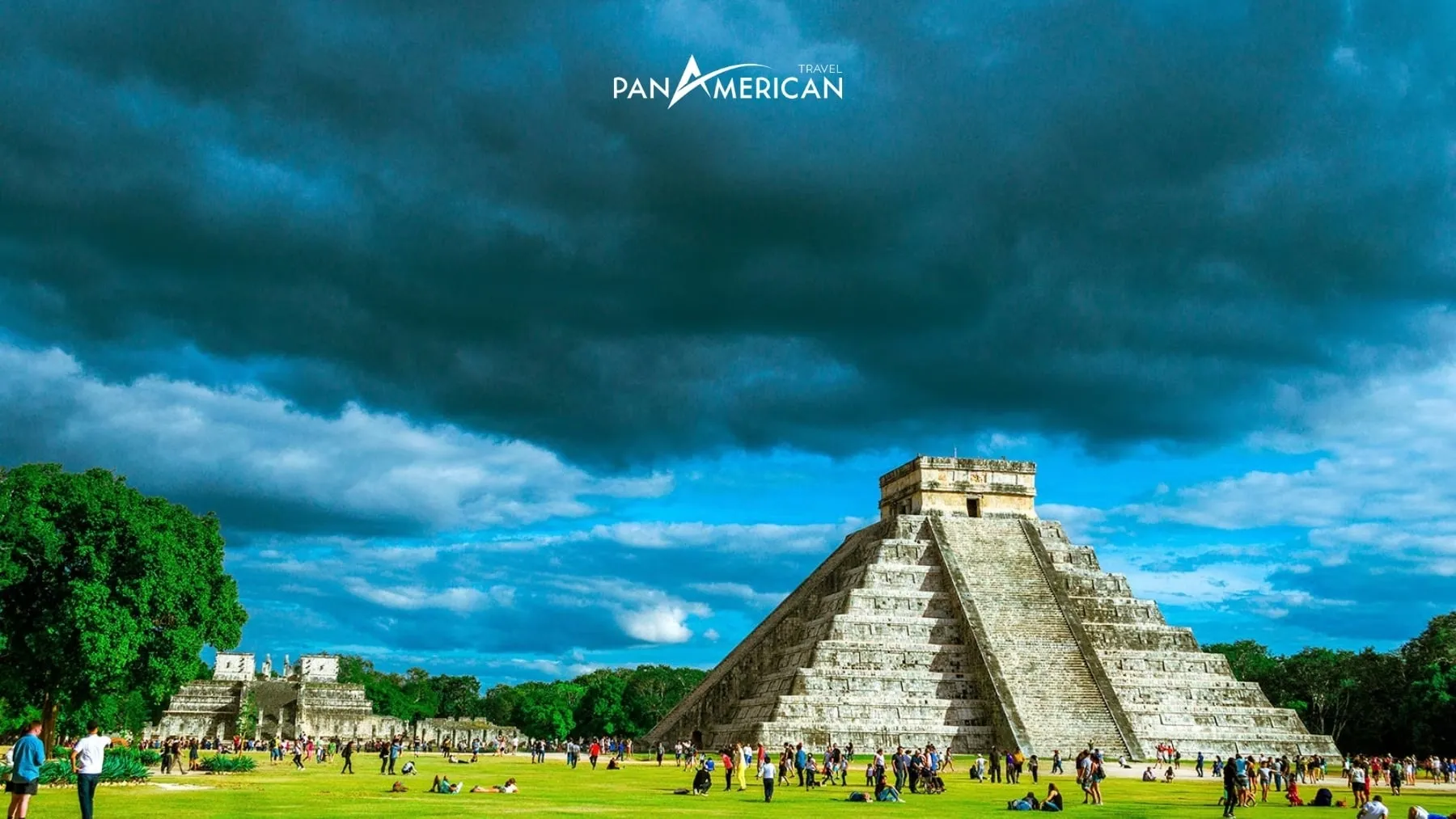As November arrives, the Americas don a vibrant new cloak of colors. Beyond the lively festivals and sun-kissed beaches, November is the perfect time to explore cultural heritage hidden within each city street. Join “Discovery To Wonders” as we set foot in Mexico, the land of ancient cobblestone streets, where time seems to stand still, allowing you to fully embrace timeless beauty.
Mexico and the Allure of Ancient Cobblestone Streets
Mexico, a nation rich in history and culture, is renowned not only for its stunning beaches and ancient Mayan ruins but also for captivating visitors with its ancient cobblestone streets. These streets are more than just pathways; they are living witnesses to history, recounting tales of a vibrant and ever-changing Mexico.
San Miguel de Allende: The Jewel of Mexico
San Miguel de Allende, a city in the state of Guanajuato, is known as the “Jewel of Mexico.” It is famed for its remarkably preserved Spanish colonial architecture, winding cobblestone streets, and unique artistic atmosphere. Strolling along the cobblestone streets of San Miguel de Allende, you’ll feel the harmonious blend of past and present, the fusion of ancient beauty and the vibrancy of modern life.

The cobblestone streets of San Miguel de Allende guide you to architectural marvels in Baroque and Neoclassical styles, such as the Parroquia de San Miguel Arcángel church with its striking pink facade, or the Ignacio Ramírez Cultural Center “El Nigromante” with its impressive murals.
Guanajuato: City of Alleys
Also located in Guanajuato state, the city of Guanajuato is a UNESCO World Heritage site. Guanajuato’s distinctive feature is its network of narrow, winding alleys meticulously paved with cobblestones. These alleys not only create an intriguing labyrinth but also offer visitors unique perspectives of the city.
One of the most famous alleys in Guanajuato is the “Callejón del Beso” (Alley of the Kiss). Legend has it that couples who share a kiss in this alley are destined for eternal happiness. Beyond the alleys, you can also discover charming plazas, traditional markets, and unique art museums in Guanajuato.
Oaxaca: Where Indigenous Culture Meets Colonial Architecture
Oaxaca City, the capital of Oaxaca state, is a captivating destination with a harmonious blend of indigenous culture and colonial architecture. Oaxaca’s cobblestone streets lead you to vibrant markets where you can find unique handcrafted goods, delicious traditional cuisine, and exquisite mezcal.
You can also explore ancient churches, historical museums, and art galleries along Oaxaca’s cobblestone streets. Don’t miss a visit to Monte Albán, an archaeological site perched on a hill near Oaxaca, to uncover the remnants of the ancient Zapotec civilization.
Morelia: The Elegant Beauty of Baroque Architecture
Morelia, the capital of Michoacán state, is a city with remarkably well-preserved Baroque architecture. Morelia’s cobblestone streets guide you to magnificent architectural structures, such as the Morelia Cathedral with its towering twin spires, or the Palacio de Gobierno (Government Palace) adorned with murals depicting Mexican history.
Wandering along Morelia’s cobblestone streets in the evening allows you to admire the illuminated architectural wonders, creating a romantic and enchanting ambiance.
Zacatecas: Silver City on the Hills
Zacatecas, the capital of Zacatecas state, is a city built on hills, featuring steep cobblestone streets and colorful houses. Zacatecas was once a significant silver mining center during the colonial era, and today, the city retains its ancient beauty and charm.
You can take a cable car up to Cerro de la Bufa peak for panoramic city views, explore the El Edén silver mine to learn about Zacatecas’ silver mining history, or discover art museums and ancient churches along the cobblestone streets.
Travel Tips for Exploring Mexico’s Ancient Cobblestone Streets
- Ideal Time to Visit: The dry season (November to April) is the best time to visit Mexico, with cool and less rainy weather.
- Transportation: You can travel between cities by bus or plane. Within cities, you can get around by walking, taxi, or local bus.
- Language: Spanish is the official language of Mexico. Learning a few basic phrases will make communication with locals easier.
- Currency: The Mexican Peso (MXN) is the currency of Mexico. You can exchange currency at banks or exchange bureaus.
- Safety: Some areas in Mexico are not safe for tourists. Research safety information thoroughly before traveling and avoid dangerous areas.
- Wear Comfortable Shoes: Exploring ancient cobblestone streets requires a lot of walking, so pack your most comfortable shoes.
Conclusion
The ancient cobblestone streets of Mexico are not merely roadways but invaluable cultural heritage sites, living witnesses to history, recounting the tales of a vibrant and ever-changing Mexico. Come to Mexico and discover the timeless beauty of these cobblestone streets for yourself, to fully experience the soul of this country. This November, let “Discovery To Wonders” accompany you on your journey to explore Mexico, the land of wonders. Are you ready?